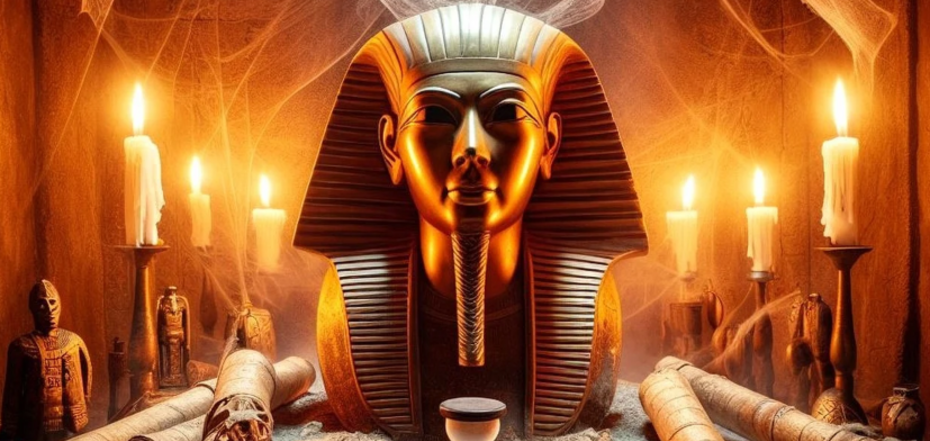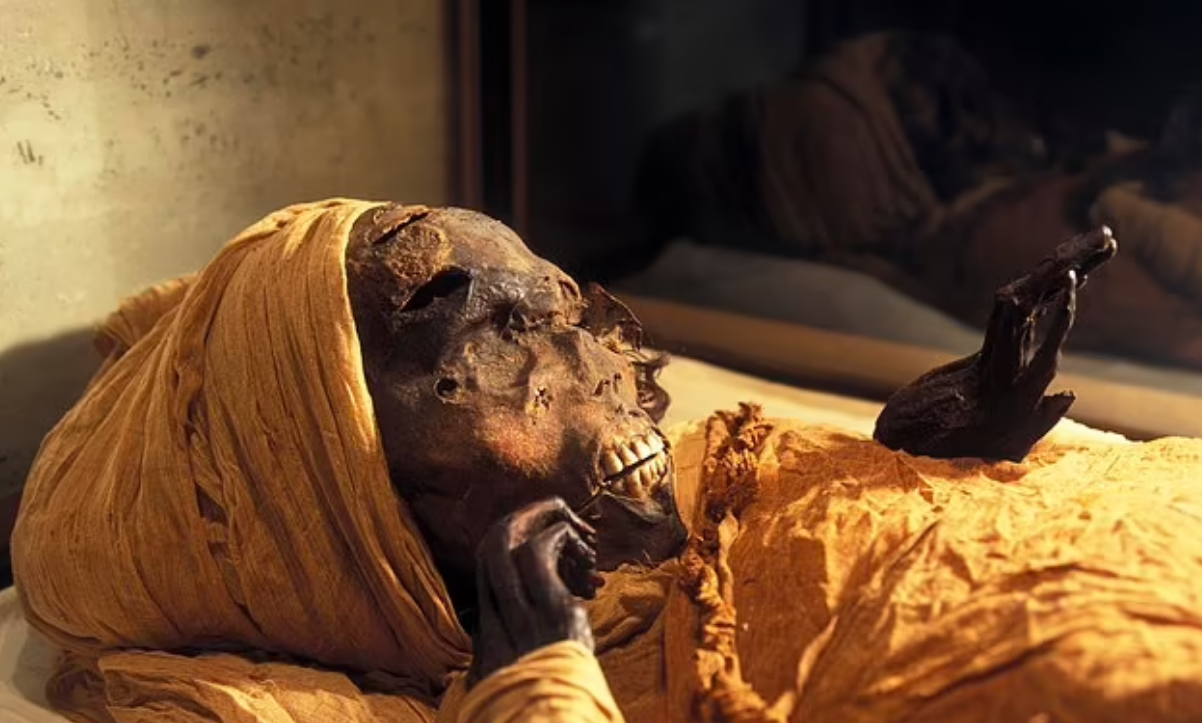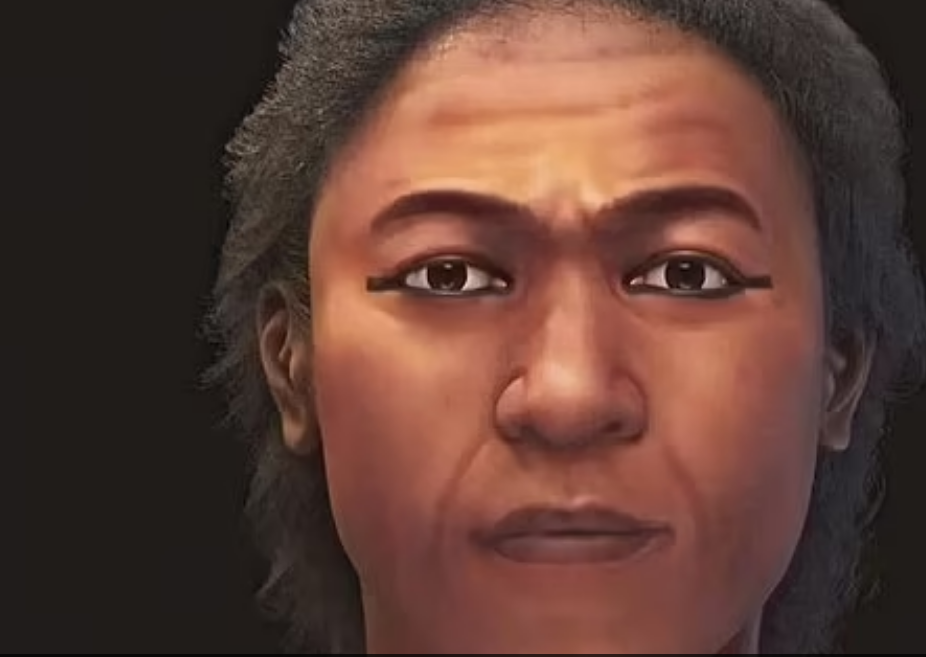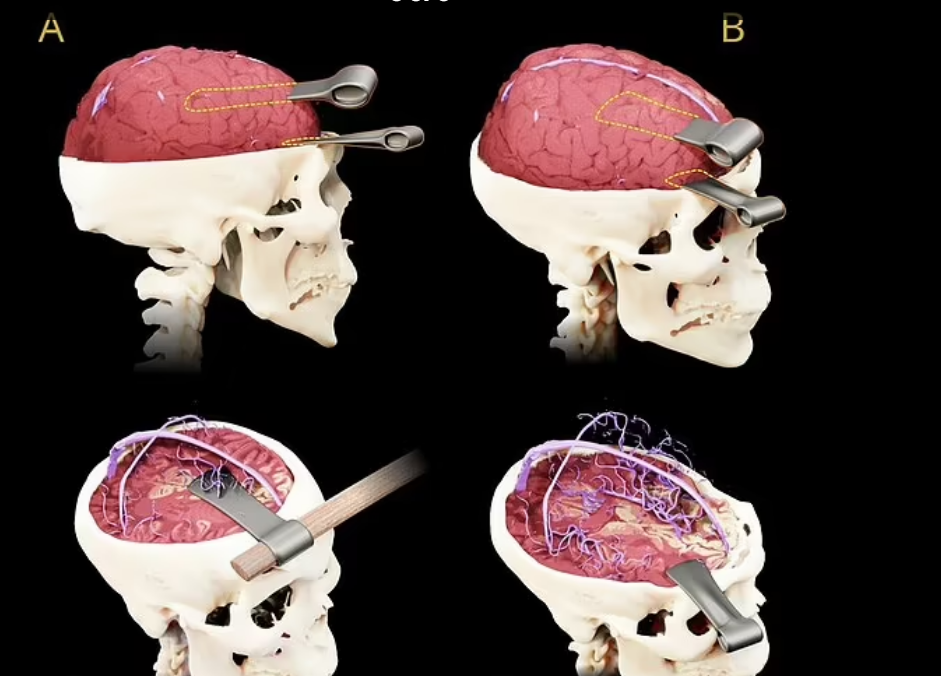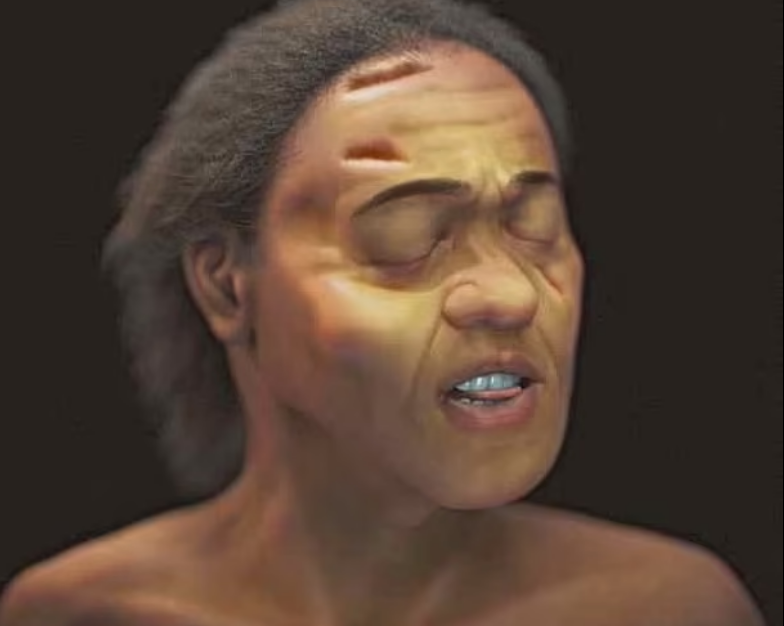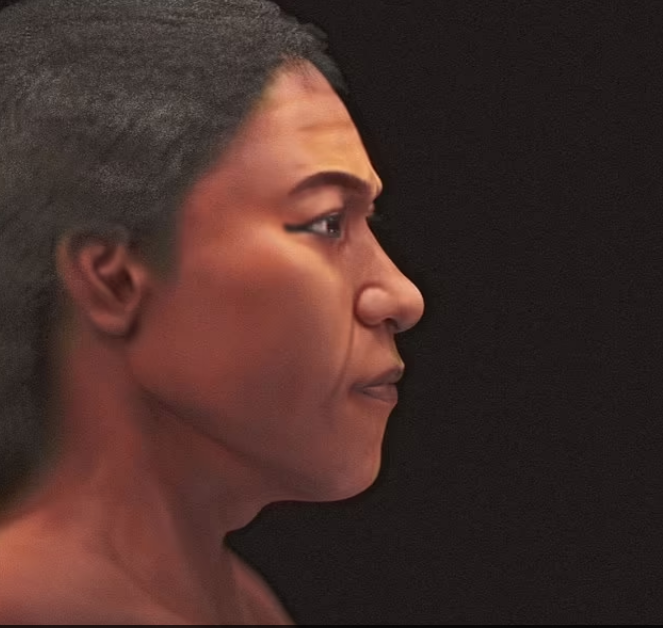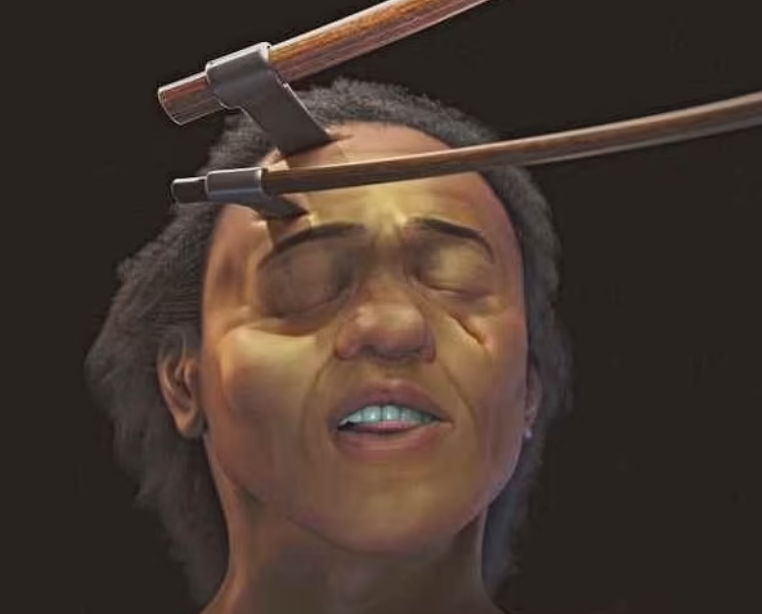News
Scientists reconstructed the face of Egyptian pharaoh killed 3,500 years ago. Photo
Archaeologists at Australia's Flinders University have reconstructed the face of an ancient Egyptian pharaoh who was brutally murdered 3,500 years ago, revealing details of his death. Seqenenre Tao IIe, also known as "The Brave," could have been killed in the middle of the night or on the battlefield at the age of 40 while trying to liberate Egypt from the Hyksos in 1555 BC.
Experts have pieced together his face using computed tomography and X-ray photos of the king's mangled skull, showing a pharaoh with small eyes, lips, and high cheekbones. Reconstruction of the face made it clear that a blow to the upper part of the brain of Egyptian pharaoh probably led to his death. The details of the research were reported by the Daily Mail.
Reconstruction and research of the remains
The ruler's face was reconstructed based on a skull found by archaeologists in 1886 in a tomb complex known as Deir el-Bahri within the Theban necropolis. Experts scanned the remains, uploaded them to a computer, and filled in the gaps with another person's skull that had been previously digitized.
The other skull was altered until it matched Tao's. It is a process called anatomical deformation. The team went to work creating a digital profile of the king's face and making the skin color similar to that of the ancient Egyptians, but it is, as the study notes, "not necessarily representative of actual skin color."
The study revealed that the pharaoh was of Nubian descent, with small eyes and lips and high cheekbones. Tao's remains were first analyzed in 1886 by Egyptologists who discovered a wound just above his bone around his eyebrow and that his tongue had been bitten off between his teeth.
The team also used thickness markers to match them to markers of African origin, and then added digital wounds to see how the objects wounded the king. Digital skulls with exposed brains were used to see which axe could have killed the king and found that the largest wound penetrated his brain.
The weapon pierced the superior sagittal sinus, which likely caused the bleeding that led to his last breath. For the postmortem images, the team left his lips slightly open and his tongue between his teeth due to some of the trauma and facial deformities that the details may have caused when the Egyptian head of state was assassinated.
Gaston Maspero, a French Egyptologist, found the pharaoh among hundreds of coffins and mummies in 1886. He determined that Tao was slender, with a small elongated head and black, fine and curly hair (based on the hair that remained on the mummified body).
Egyptologists James Harris and Kent Weeks, who conducted Tao's forensic examination in the 1960s, said that "an unpleasant, oily odor filled the room as soon as the casket in which his body was displayed was opened." This odor was attributed to biological fluids accidentally left in the mummy during burial. During embalming, those performing the ritual cover the body with a mineral that dries it out.
Experts assume that Tao's mummification was rushed because of the fluids left in his body, but the reason is not yet known.
Reign of Seqenenre Tao II
The pharaoh ruled the southern, Theban region of Egypt from about 1560-1555 BCE, during the reign of the Seventeenth Dynasty. At this time, lower and middle Egypt was occupied by the Hyksos, a dynasty of Palestinian origin that ruled from the city of Avaris in the Nile Delta.
Tao's immediate successor was Kamose, his son. Ahmose I, another son, ruled after his mother's regency.
Only verified information is available on OBOZ.UA Telegram channel and Viber. Do not fall for fakes!


